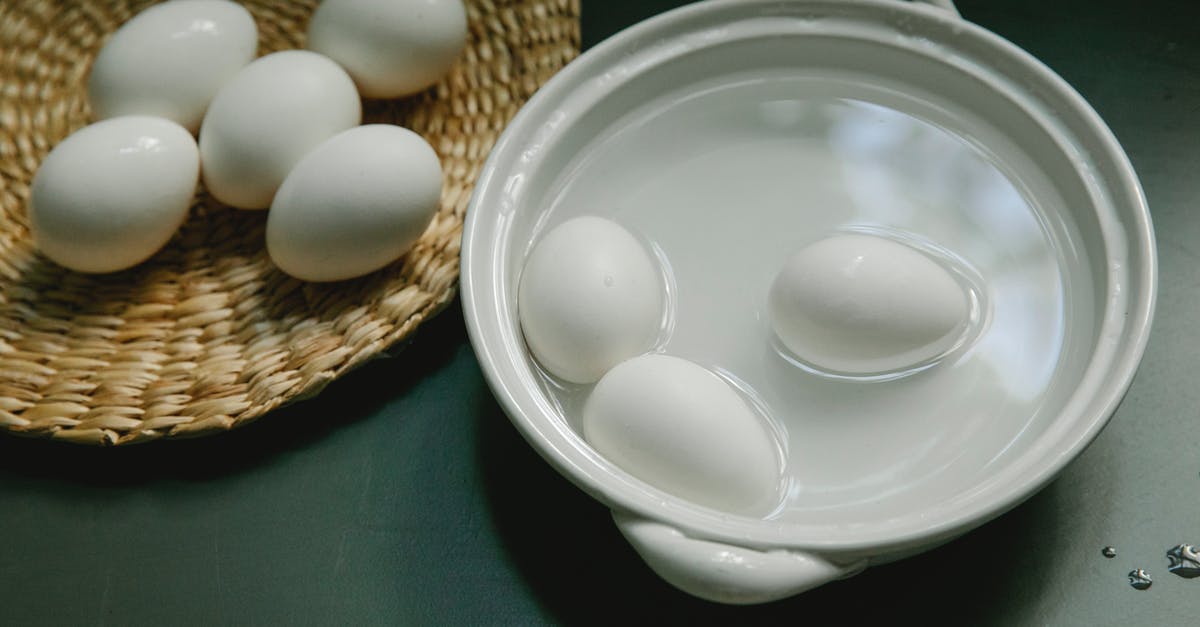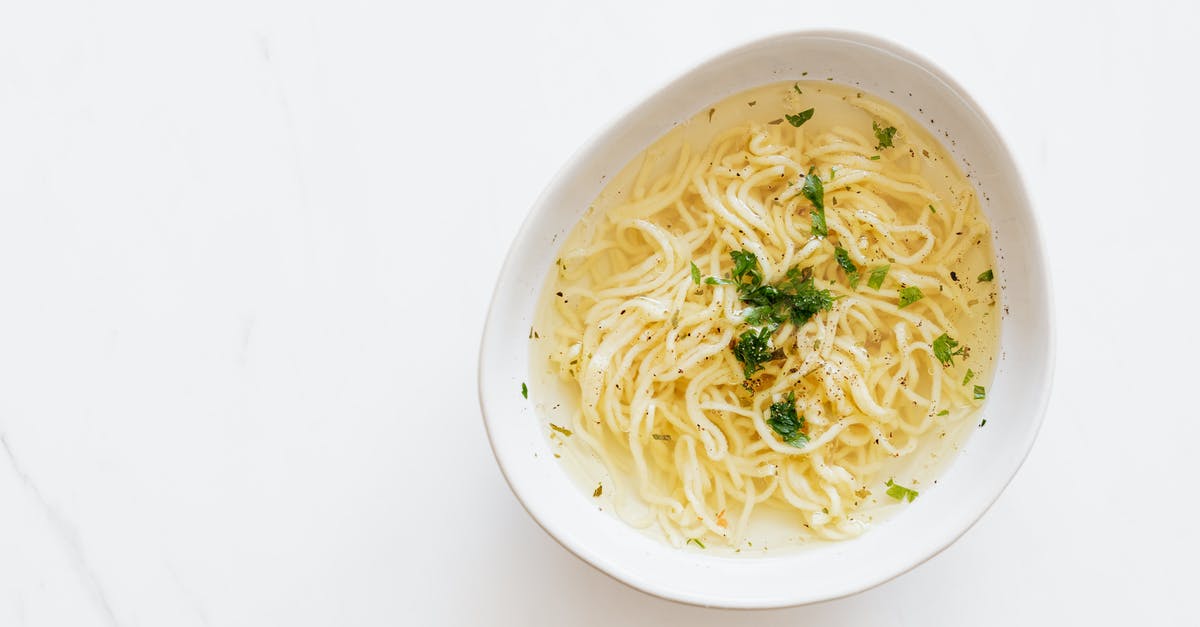Is it safe to boil frozen vacuum sealed chicken without thawing?

Need to cook it fast and it's frozen. Can I place it in hot water with the pouch? Or is that dangerous because plastic particles get on it? What about if I use the microwave to thaw it with the pouch?
Best Answer
I mostly agree with moscafj's answer, but I do think that it needs to be qualified since we don't know what sort of plastic packaging the chicken is in. A lot of vacuum packaging for food is perfectly safe to put in warm or even mildly hot water, but some types of plastics will begin to degrade if heated too much. Most food-grade plastics aren't going to be a safety concern in terms of leaching chemicals, but I still wouldn't heat food in a plastic bag to boiling without knowing the type of plastic and whether it was designed for that type of heating. More likely, it might begin to degrade and fall apart/rupture.
As moscafj said, sous vide is the best option, assuming your plastic is good for that type of long-term heating.
If you don't have a sous vide circulator, I'd too recommend thawing, but you could perhaps use a variant of what you intended to do to quick-thaw your chicken. I know the link in the other answer is critical of the "hot water thaw" method, but it is perfectly safe for relatively thin foods if monitored and is probably the best quick-thaw method, achieving much better food quality than microwaving. Food scientist Harold McGee has advocated it with the approval of studies done on safety by the USDA, and Cook's Illustrated has approved it as well.
Basically, put your sealed chicken in hot tap water, or water heated to around 125-140F. It will probably thaw in 5-30 minutes, depending on thickness, and then you'll be able to remove it from the packaging and cook it as you usually would with little quality degradation. (Again, note that this method is NOT for foods that are very thick, as they will take too long to thaw and could risk bad bacterial growth. If your chicken is more than a couple inches thick, another method for thawing would be better.) Note also that (1) you need to monitor the chicken, not just leave it in the hot water for long periods of time, and (2) you should cook the chicken immediately after it thaws.
I usually use this method only for foods I can easily thaw within 20-30 minutes, but I definitely wouldn't go for more than an hour in an uncontrolled water bath before cooking the meat. In any case, a hot water bath is usually the fastest way to defrost frozen meat, then allowing you to cook it normally.
Pictures about "Is it safe to boil frozen vacuum sealed chicken without thawing?"



Can frozen chicken be boiled without thawing?
According to the USDA, yes, you can safely cook your frozen chicken, as long as you follow a couple general guidelines. In order to skip the thawing step and turn your frozen chicken into a fully-cooked, safe-to-eat dinner, use your oven or stove top and simply increase your cooking time by at least 50%.Can you boil frozen chicken in a sealed bag?
It is safe, and can work just fine, if you can precisely control the temperature and the time. This is common practice for sous vide cooking. The problem is, if you don't have precise temperature control, you will risk rupturing the bag, and/or over or under-cooking your chicken.How do you cook frozen vacuum sealed chicken?
Vacuum-seal seasoned chicken breast in a flat layer and freeze until it's time to cook. Preheat sous vide machine to 140 \xbaF. When it comes to temperature, drop the vacuum sealed frozen chicken breast in the sous vide bath. Cook frozen sous vide chicken at 140\xbaF for 2 hours.What happens if you put frozen chicken in boiling water?
Do NOT thaw chicken in hot water! It's not safe. Besides possibly causing bacteria to form, warm water will also start to \u201ccook\u201d the outside of the meat before the middle is thawed).Can you boil vacuum sealed bags?
More answers regarding is it safe to boil frozen vacuum sealed chicken without thawing?
Answer 2
It is safe, and can work just fine, if you can precisely control the temperature and the time. This is common practice for sous vide cooking. The problem is, if you don't have precise temperature control, you will risk rupturing the bag, and/or over or under-cooking your chicken. Thawing in the microwave is not recommended. See also this. It is not simply a matter of tossing into boiling water.
So, if you have a sous vide device, or can precisely control the temperature...and, if you are using frozen chicken breast, I would recommend 145F (63C) for two hours. Other parts of the chicken would require different cooking parameters.
If you do not have such a set up, I would suggest thawing first.
Sources: Stack Exchange - This article follows the attribution requirements of Stack Exchange and is licensed under CC BY-SA 3.0.
Images: Klaus Nielsen, Karolina Grabowska, Klaus Nielsen, Karolina Grabowska
